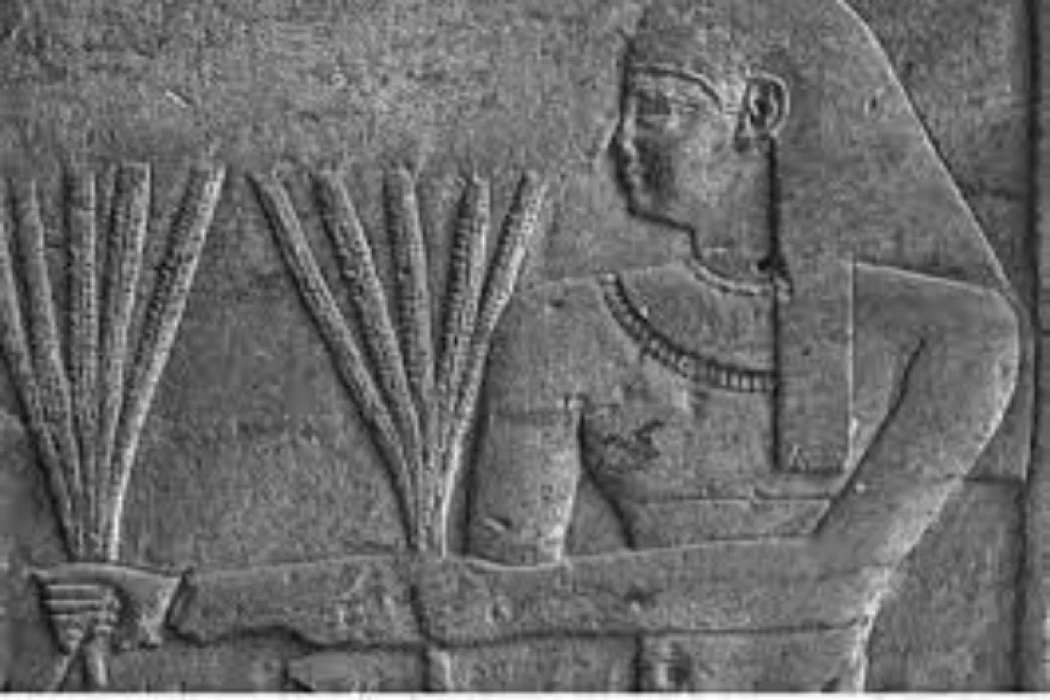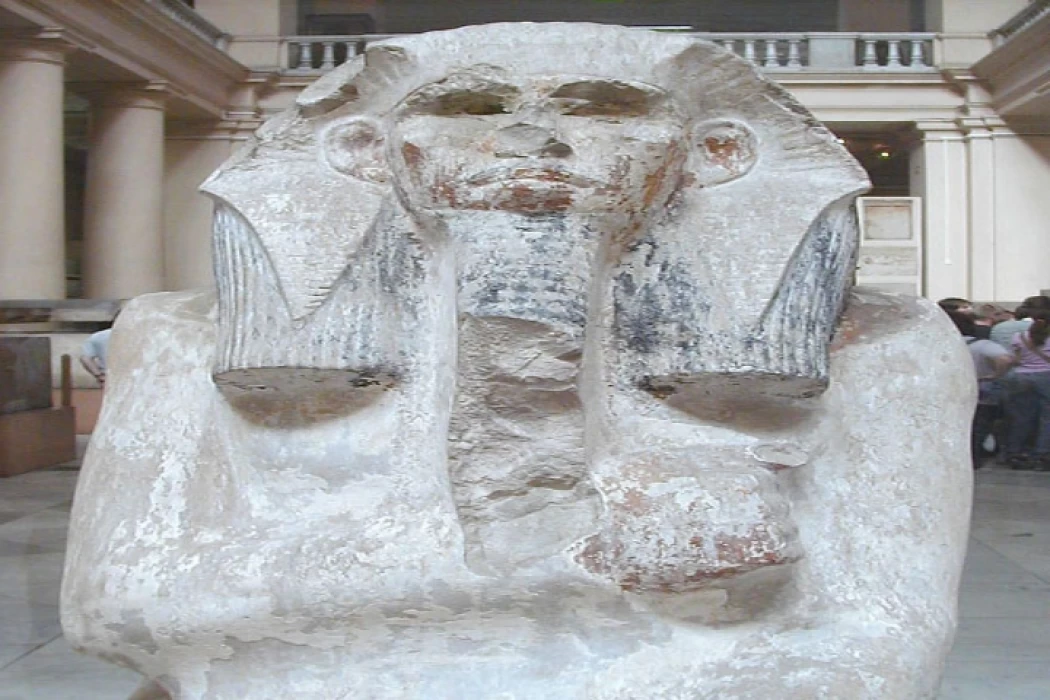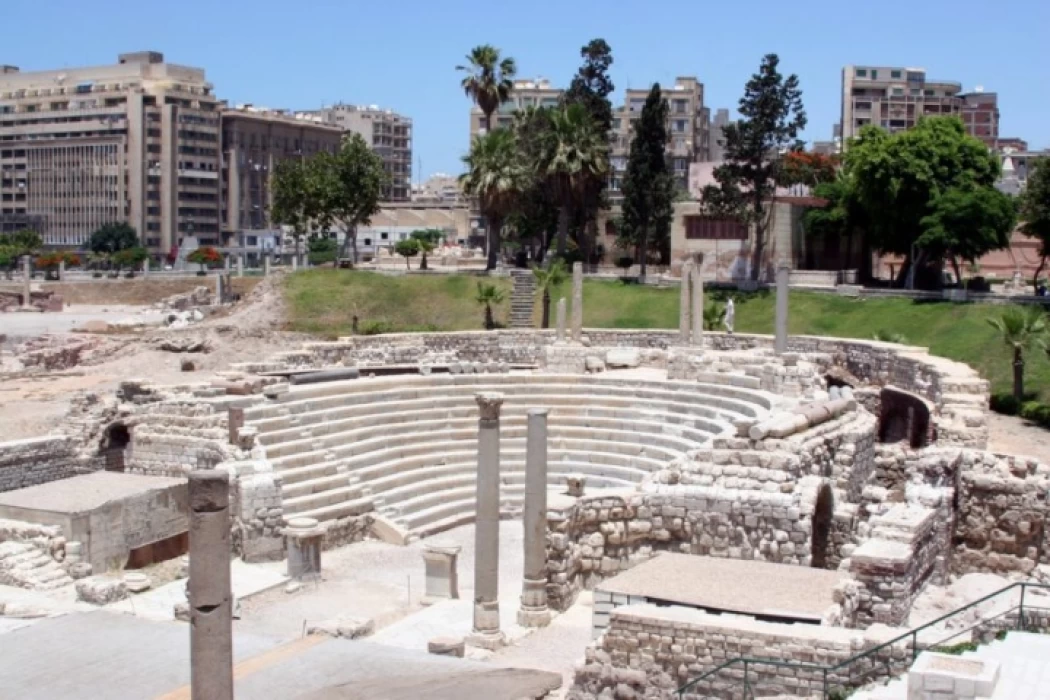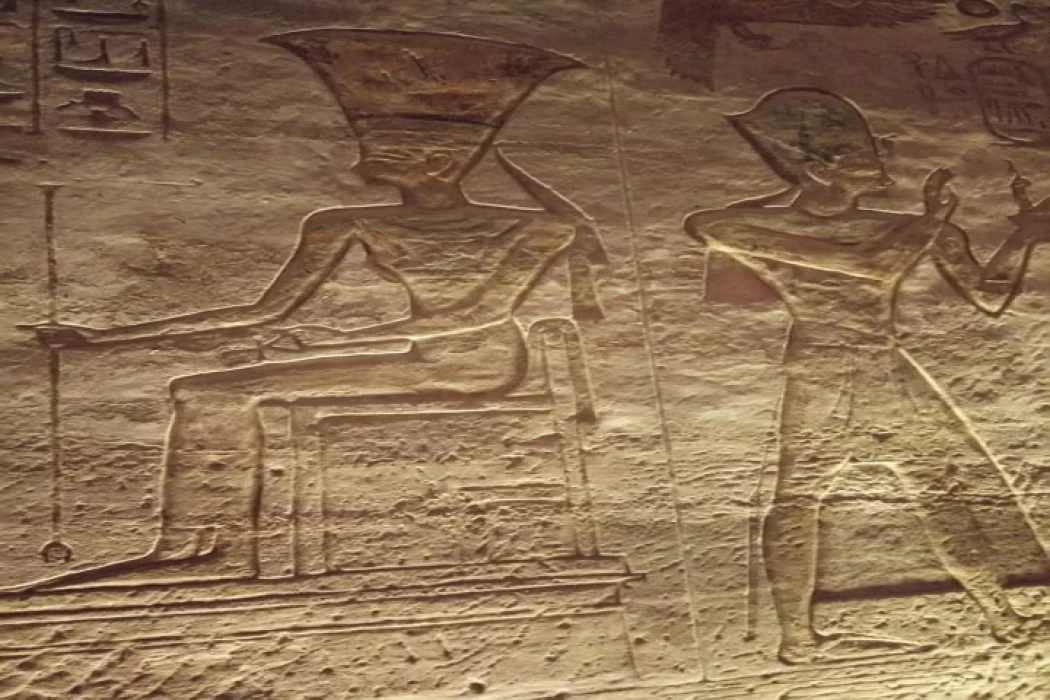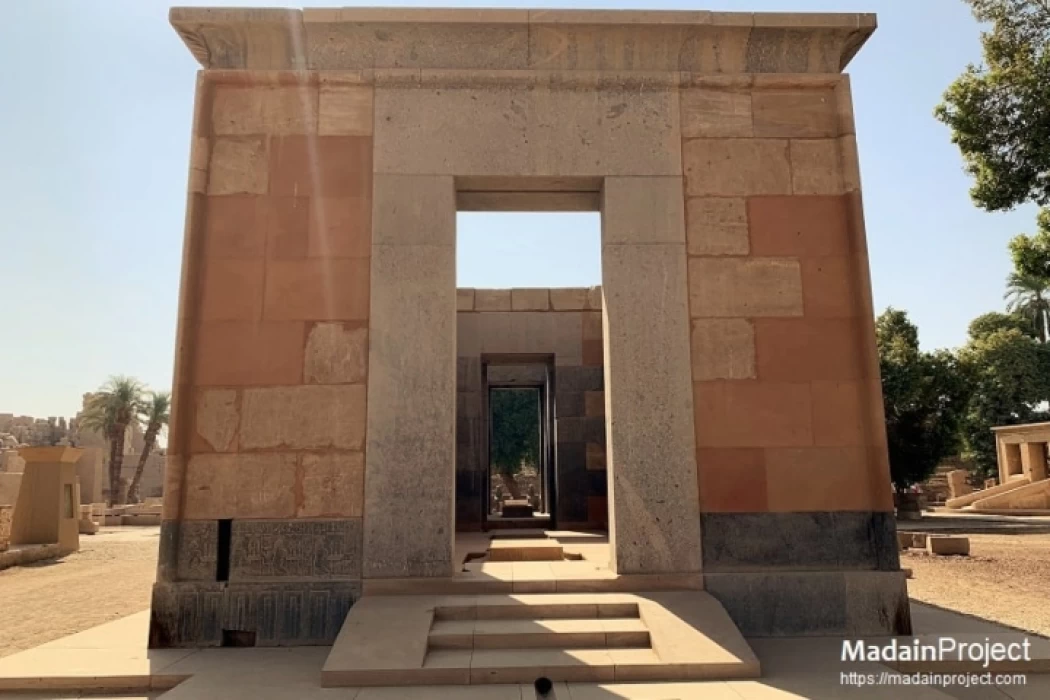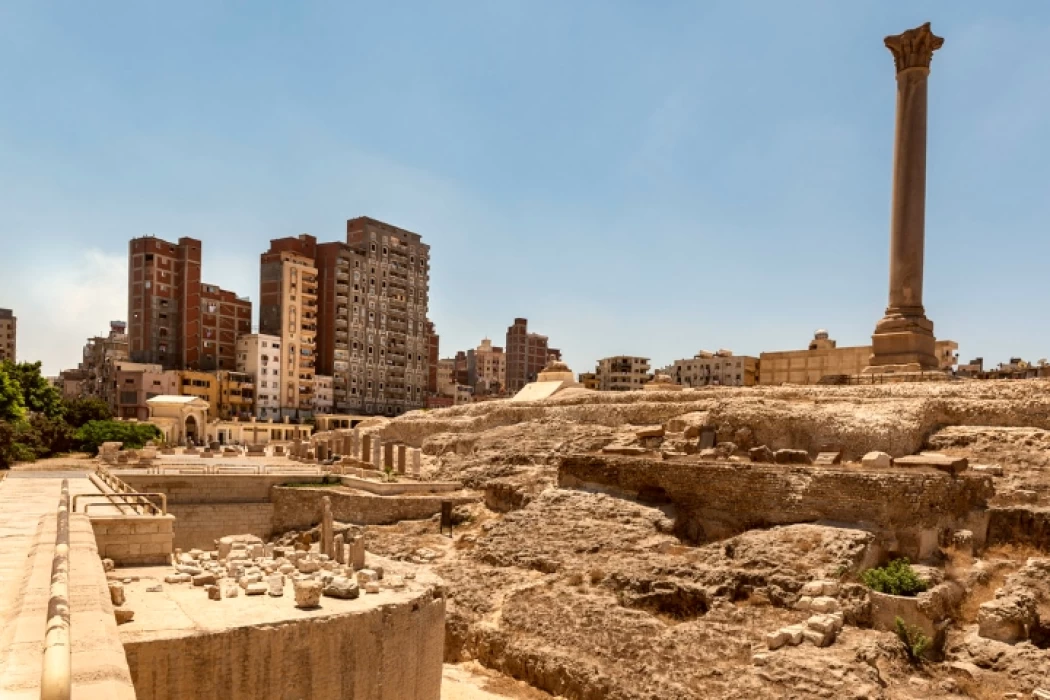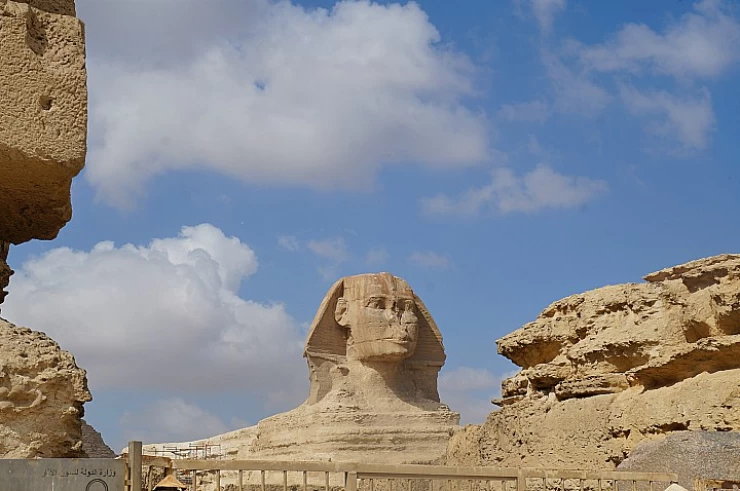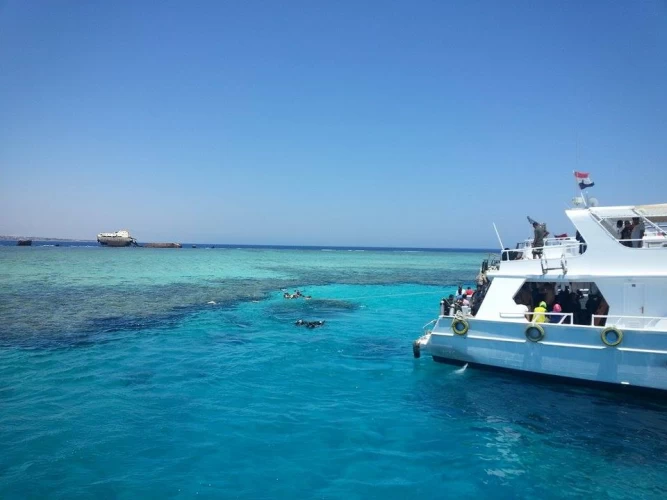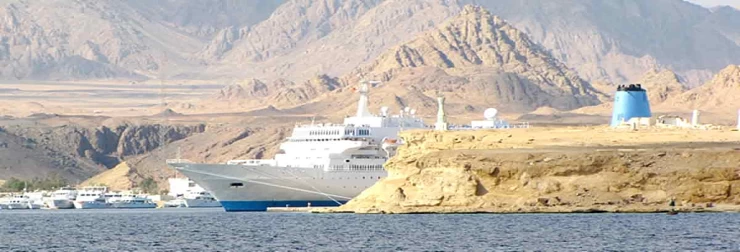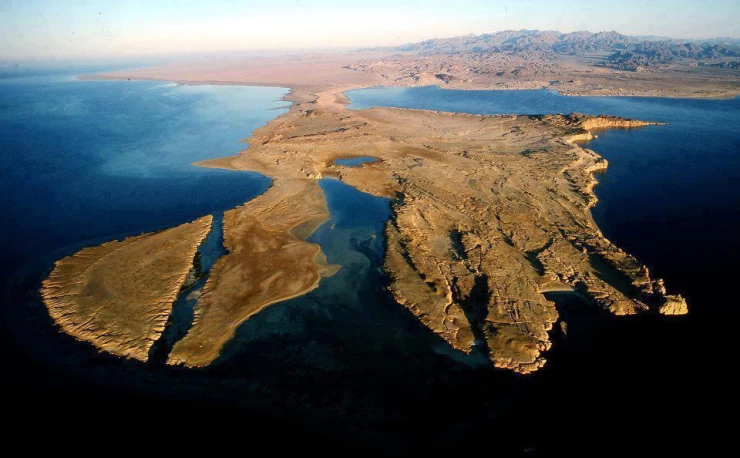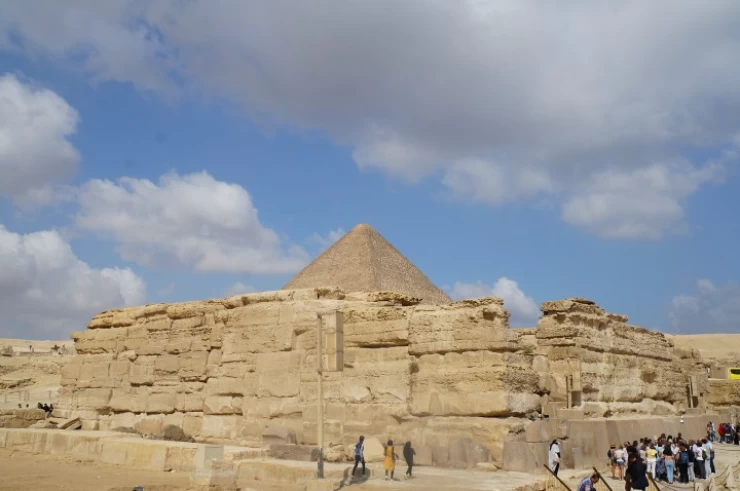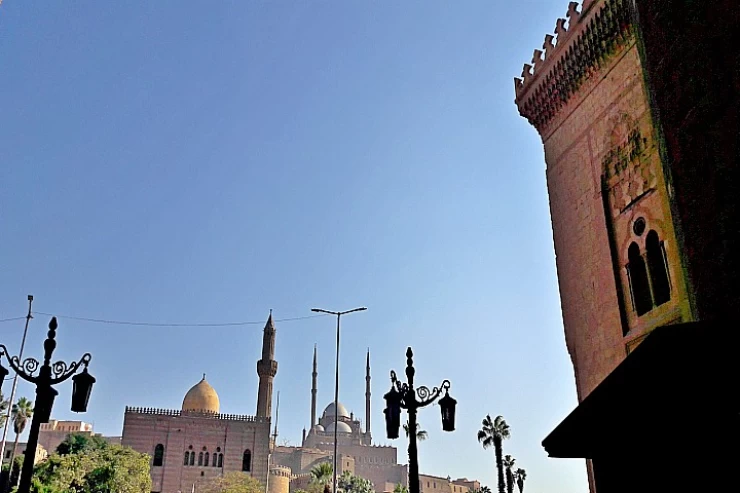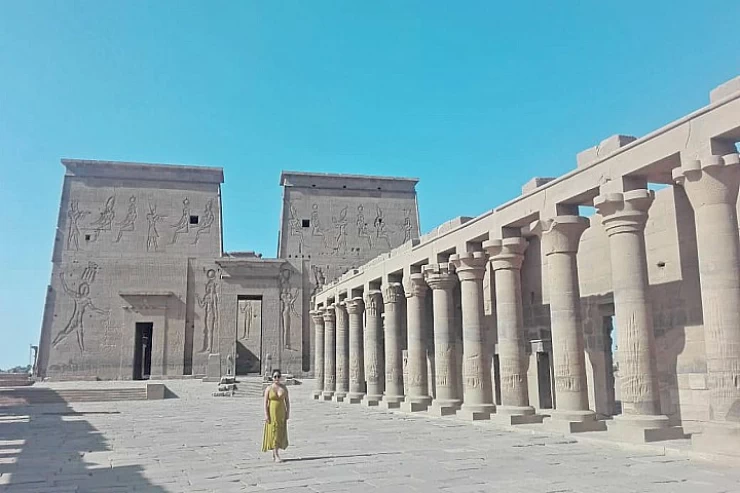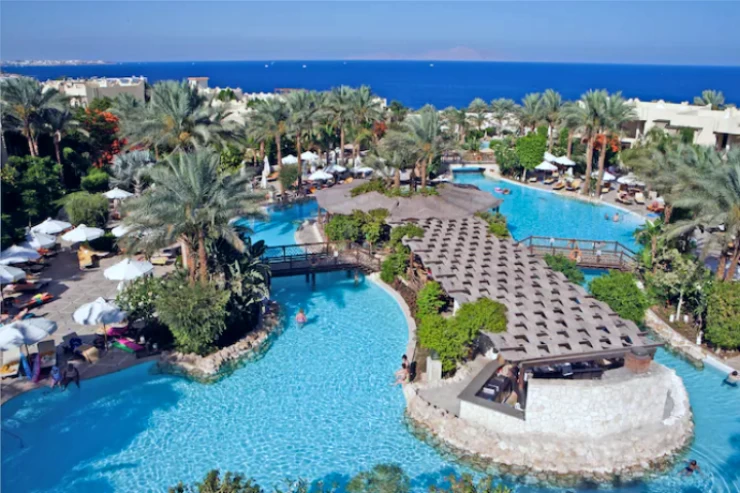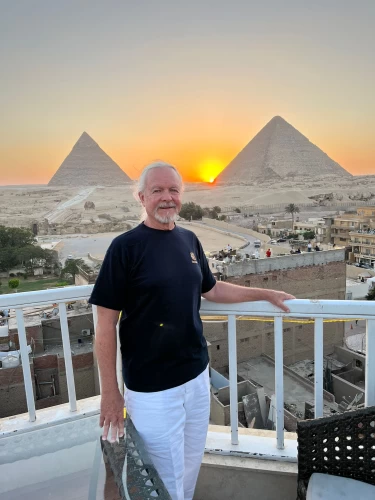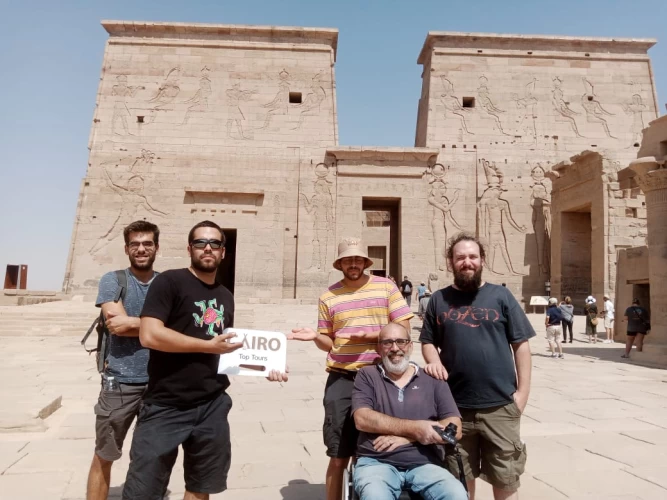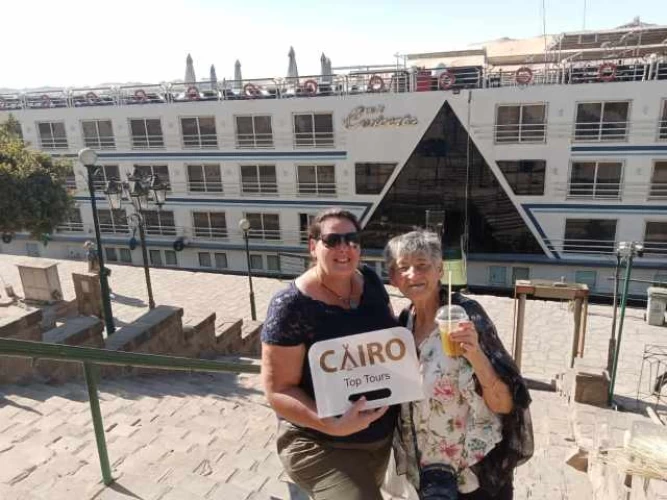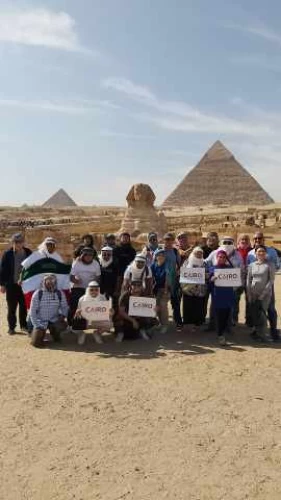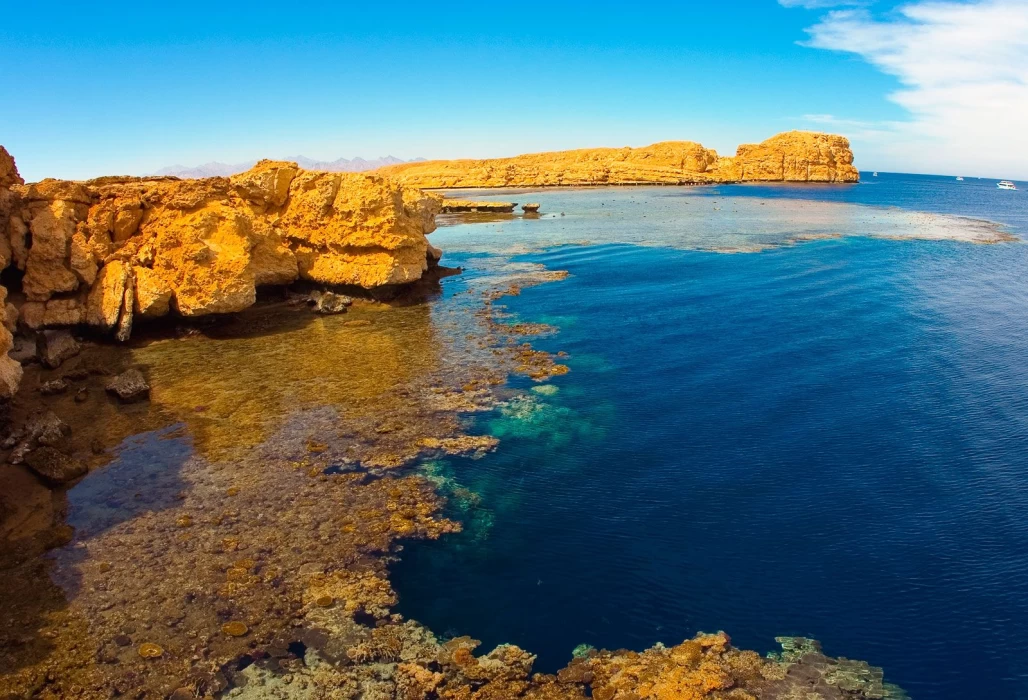
Ras Muhammad National Park
Ras Mohammed National Reserve is located in Egypt on the Sinai Peninsula. It is located at the southernmost tip of the peninsula. The area of the Reserve is 185 square miles (480 square kilometers). This was the first national reserve in Egypt.
Of the 185 square miles (480 square kilometers), 133 square miles (345 square kilometers) are marine areas that protect coral reefs in the Red Sea. Besides the coral reefs of the Red Sea, there are two islands just off the peninsula that are part of the protected area of the park.
On land, the park is protected by a small mangrove forest at the end of the peninsula. Inland, the landscape includes mountains, sand dunes, valleys and coastal mudflats.
Coral reefs in the Red Sea and the surrounding areas include both marginal and hermaphroditic corals. There are more than 220 species of coral reefs accompanied by more than 1000 species of fish, 40 species of starfish, 150 species of crustaceans, and 25 species of sea urchins.
The green turtle and the hawksbill turtle are two species of sea turtles that can be found swimming among coral reefs regularly.
The Red Sea is the most tropical sea in the North and stretches for 1,400 miles (2,250 kilometers) with a surface area of 169,000 square miles (438,000 square kilometers). The Ras Mohammed National Reserve protects only a small part of the coral reefs of the Red Sea.
The park is not famous for hiking or long excursions, it is famous for coastal landscapes, clear blue waters, exploring the underwater world of the Red Sea coral reefs and some neighboring reefs along the peninsula.
Lovers of snorkeling and diving will find Ras Mohammed National Reserve to be an underwater haven. Many species of endemic life are found only in the Coral Reef Zone of the Red Sea.
Coral reefs of the Red Sea are located along the coastal waters of the Red Sea and Egypt. This water area has the advantage of being the farthest tropical water area in the North. It also stands out for being home to some of the most vibrant and diverse coral reefs.
Coral reefs are diverse biological wonders with more than 1100 species. There are more than 260 species of stone corals. And about ten percent of the species are endemic to the coral reefs of the Red Sea and are found nowhere else in the world.
The Red Sea coral reef stretches for 1,240 miles (2,000 kilometers) along the African coast in Egypt, Eritrea and Sudan. The reef system consists of lagoons, cylinders and platforms. It is the largest African coral reef.
Latest Articles
Admin
Neper God Of Grain
Neper was the deity of grains, particularly cereals that were important in Ancient Egypt, such as wheat and barley. It was stated that he foretold when the crops would grow, be harvested, and disappear.
Admin
Djoser
Djoser was an ancient Egyptian pharaoh of the 3rd Dynasty during the Old Kingdom and was the founder of that epoch. He is also known by his Hellenized names Tosorthros (from Manetho) and Sesorthos (from Eusebius). He was the son of King Khasekhemwy and Queen Nimaathap, but whether he was also the direct successor to their throne is unclear. Most Ramesside king lists identify a king named Nebka as preceding him, but there are difficulties in connecting that name with contemporary Horus names, so some Egyptologists question the received throne sequence. Djoser is known for his step pyramid, which is the earliest colossal stone building in ancient Egypt
Admin
Kom Al Dikka Alexandria
Kom El Deka, also known as Kom el-Dikka, is a neighborhood and archaeological site in Alexandria, Egypt. Early Kom El-Dikka was a well-off residential area, and later it was a major civic center in Alexandria, with a bath complex (thermae), auditoria (lecture halls), and a theatre.
Admin
The God Anuket
Anuket, in Egyptian religion, the patron deity of the Nile River. Anuket is normally depicted as a beautiful woman wearing a crown of reeds and ostrich feathers and accompanied by a gazelle.
Admin
The Red Chapel of Hatshepsut
The Red Chapel of Hatshepsut or the Chapelle rouge was a religious shrine in Ancient Egypt. The chapel was originally constructed as a barque shrine during the reign of Hatshepsut. She was the fifth pharaoh of the Eighteenth Dynasty from approximately 1479 to 1458 BC.
Admin
The Serapeum of Alexandria
The Serapeum of Alexandria in the Ptolemaic Kingdom was an ancient Greek temple built by Ptolemy III Euergetes (reigned 246–222 BC) and dedicated to Serapis, who was made the protector of Alexandria, Egypt. There are also signs of Harpocrates. It has been referred to as the daughter of the Library of Alexandria.
